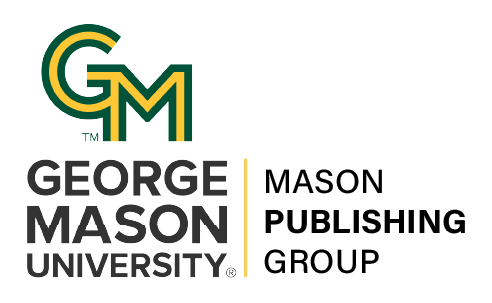Effective Use Of Dry Erase Boards/Walls In Active Learning Spaces
DOI:
https://doi.org/10.13021/itlcp.2019.2574Abstract
Location: JC Room G
With the age of digital revolution, institutions of higher education have to constantly come up with meaningful ways to engage students in learning within the classroom using traditional or dry erase boards. To successfully accomplish this, we must learn to make the classroom place of teaching both academic and social; to make the profession of teaching both instruction and facilitation and; to make the role of students not just as consumers of education but producers of information. Taking advantage of physical resources, such as a writable whiteboard space can provide us an unobtrusive way to engage with students while also offering a way to understand their use of the physical space. The goal of this teaching activity is to engage the participants in a quick teaching activity showcase whereby we can not only learn together and share best practices to enhance our pedagogical practices but also support 21st century thinking in the material classroom. Through a shared experience we hope to engage the participants in this session in an inquiry-based approach to problem solving. Come and learn how one can use the dry erase boards effectively to engage student learning.




